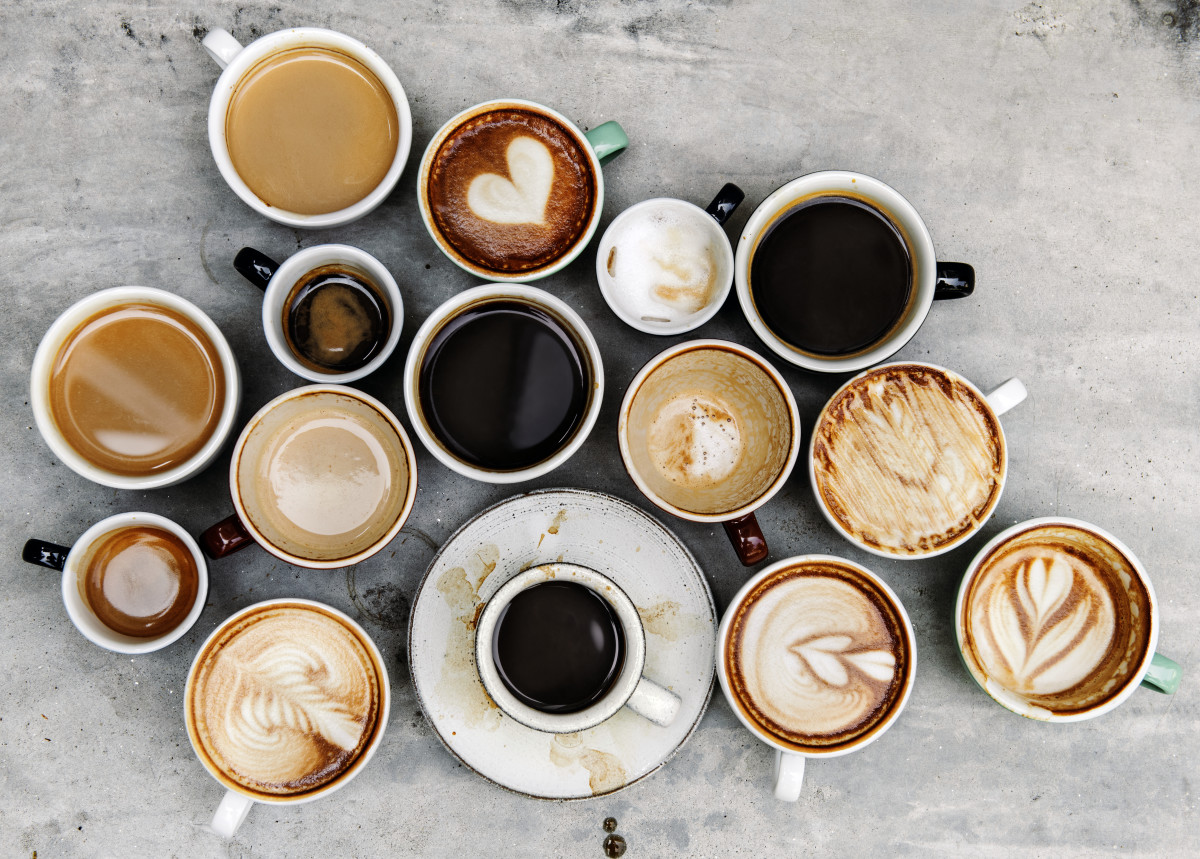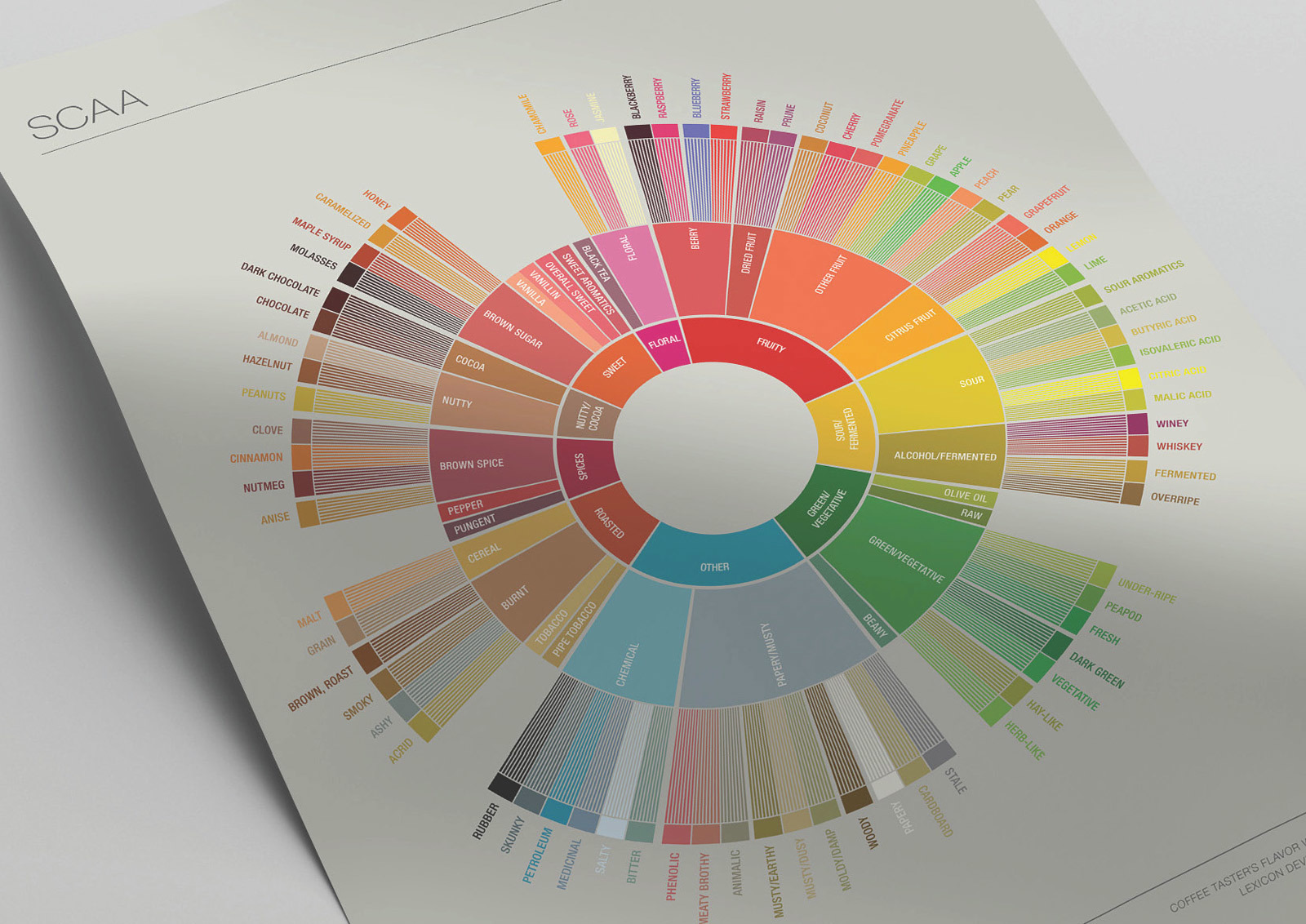
Coffee Flavor By Ingredients Of Ingredients
The raw material area – the motherland where the coffee trees bloom is the most crucial factor in forming a unique flavor. Experts often refer to “pure coffee” as coffee brewed from beans from a single country and preferably from a cooperative or plantation.
If a purebred variety is top quality and adequately roasted, you will have a coffee with an authentic taste that no finesse can achieve. The flavor of coffee reflects the unique, organic qualities of the land it grows. Whether it has been watered under cold rain or sunbathing in the warm air and matured in harsh sunlight or shady, each retains its distinct character, and many have its nature.
Therefore, farmers must understand the motherland to improve the soil or choose suitable farming areas for coffee. However, improving soil quality is quite tricky because it is related to the earth’s natural nutrients. As a result, farmers often have to experiment on different soil types and evaluate the results before starting mass farming.
There are four central coffee regions in the Coffee Belt with many prominent localities and cooperatives suitable for growing coffee and producing high-quality aromatic goods. Africa and South & Central America are famous for their excellent coffee beans in the international coffee arena. Besides, Asia, the Caribbean, and North America are no less competitive with various coffees.

Variations And Types Of Coffee Flavor
Coffee taste is also different due to variety and stuff. The five coffee varieties identified today in the research world are Arabica Bourbon, Arabica Typica, Arabica Ethiopia Heirloom, Liberica – Excelsa, and Robusta. Arabica coffee varieties are highly appreciated and prioritized when they offer a rich, unique, exciting flavor and outstanding caffeine quality.
A coffee tree can only be harvested after four years of cultivation. Trees can be exploited for 10-20 years depending on conditions and varieties; however, replacing the old trees and planting new ones after that time is necessary. This problem creates many difficulties for people during the four years of care and re-cultivation. However, for good productivity and quality, this process is required. After replanting, the coffee flavor will sometimes change. Today, many scientists and farmers have begun to research and transplant to create better coffee varieties with good environmental adaptation and stable quality.
Method Of Processing Coffee Flavor

After nature chooses its destiny, the processing and preservation method will determine the final value to the coffee drinker. Often farmers will divide the amount of coffee harvested by lots (i.e., batches) based on the cultivated land, choosing to process according to different methods (wash, natural, honey) depending on the purpose and taste. Wishes of preprocessors at primary processing stations.
With three main processing methods: wet, dry (natural), and semi-wet (honey), coffee enhances flavor, clearly portraying the hidden beauty. Coffee that undergoes wet processing often produces beans with a distinct and uniform flavor and requires a more intense roasting profile. Dry processing leaves less acid in the coffee, but it takes longer. Coffee grown in dryland is usually processed by natural methods.
Coffee Flavor Through Storage Conditions
Preservation is the final condition, besides the art of brewing, which helps to preserve the flavor integrity of coffee beans. In recent years, all coffee has been wrapped in burlap sacks and transported by water in containers. Roasters and importers typically do cupping and sample approval of coffees before shipping. Currently, many roasters conduct direct trade with farmers, sharing assessment information about green coffee and cupping with the farm to ensure freshness and quality.
Coffee beans when freshly processed, when transported, docked, before roasting, in each stage, the taste of coffee also changes a lot; Similar to coffee after roasting, over time: freshly roasted, burned for one week, one month, three months, the taste is also different. As mentioned many times, after resting, reducing “inhibition” by the impact of the environment, coffee will have a more stable and delicate taste.
Besides, storage conditions also have a significant effect on the taste of coffee. Many roasters even have to build a storage area with strictly controlled temperature and humidity for each type of coffee to keep the inherent flavor and limit the damage of coffee products.
Popular coffee flavors
French Vanilla
By far the most popular coffee flavor is French Vanilla.
When it comes to flavoring almost anything, vanilla’s sweet aroma and rich taste simply cannot be beat.
Vanilla is soft and almost soothing. As a result, it can easily overpower most bold tastes. These characteristics make vanilla an excellent complement to coffee’s traditional stronger and more robust flavor.
Consider using vanilla with medium or light roast coffee beans for the best results.
Peppermint
A peppermint-flavored coffee may surprise you, but it is an intriguing flavor. It has a menthol aroma and a cool, green flavor profile.
Do you dislike menthol? Not to worry.
You’ll probably enjoy it in hot coffee, especially during the holiday season in December.
Fortunately, you don’t have to wait until winter to flavor your lattes with peppermint.
During the warmer months, the seasonal blend is a welcome addition to cold brew coffee. The cool profile is ideal for a cool summer treat.
List of Most Common Coffee Drinks
Coffee drink names can be tricky, which is why we decided to compile an alphabetical list of coffee drinks you might encounter. So, here is a list of the most popular coffee drinks!
AFFOGATO
Poured espresso over vanilla ice cream. Cappuccino is served in a cappuccino cup.
Check out this Affogato Mint recipe!
THE AMERICAN (or ESPRESSO AMERICANO)
Espresso with hot water added (100–150 ml). Typically served in a cappuccino cup. (The espresso is mixed into the hot water rather than being poured over the coffee, which would result in over-extraction.)
LATTE CAFFÉ
A tall and mild’milk coffee’ (about 150-300 ml). An espresso with steamed milk and only a small amount of milk foam on top. Pour into a latte glass or a coffee cup and serve. Flavored syrup is an option.